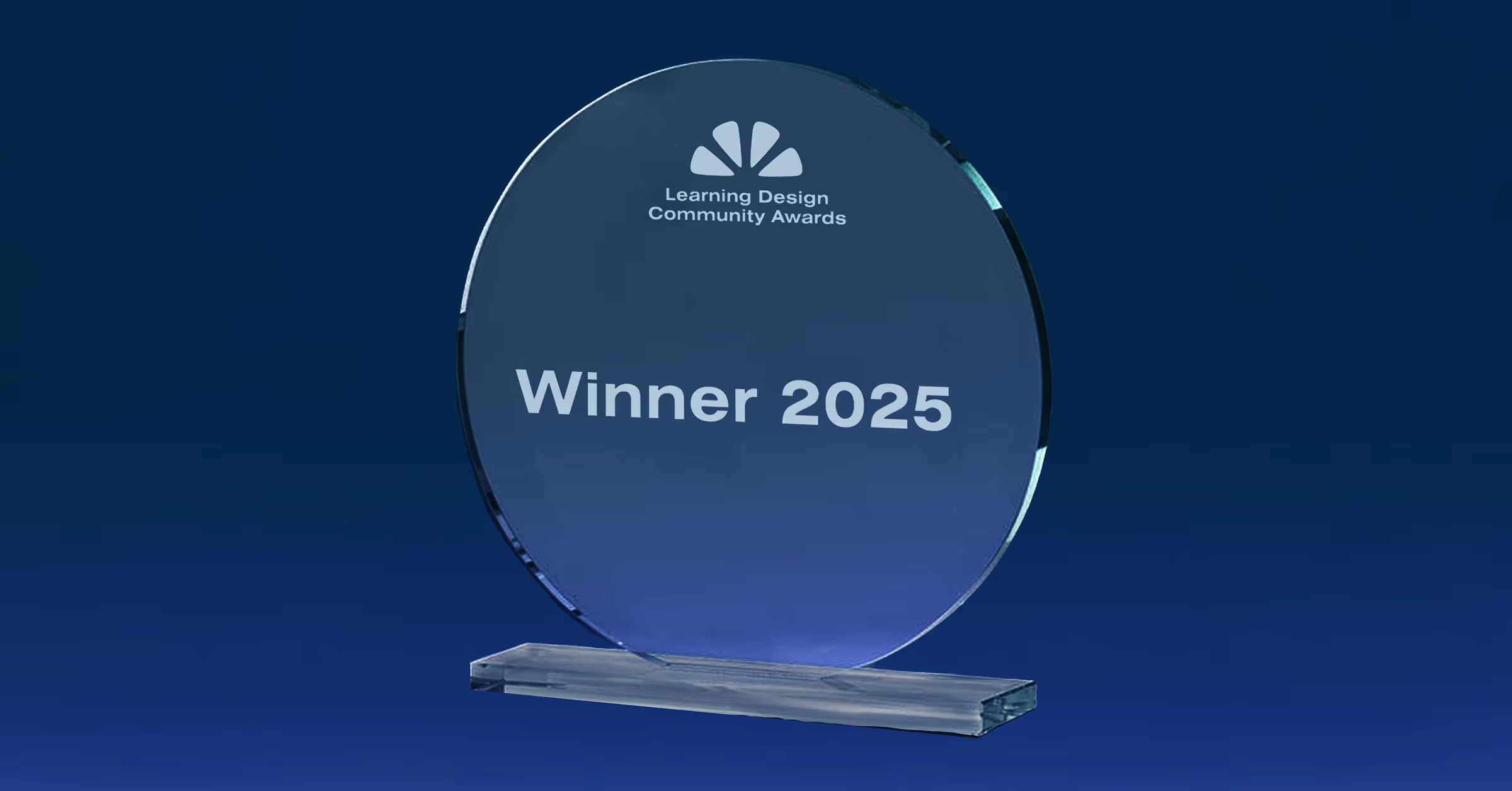Bridging theory and practice with Experiential Learning
In this blog, Claudia Carrone, Digital Learning Manager at EDHEC Business School explores how Experiential Learning transforms education by bridging the gap between theory and real-world application. Through active participation, structured reflection, and hands-on challenges, students develop critical thinking, problem-solving, and adaptability—skills essential for success in today’s workplace. Highlighting the EDHEC Global MBA Sustainable Impact Challenge, the post shows how FeedbackFruits tools support this pedagogy by enabling collaborative learning, peer feedback, and meaningful reflection.

Introduction: The power of learning by doing
In a rapidly evolving world, traditional teacher-centered, lecture-based learning no longer meets the demands of today’s students and employers. To thrive in their careers, learners need more than just theoretical knowledge—they must develop problem-solving abilities, adaptability, and hands-on expertise. A pedagogy based on Experiential Learning bridges this gap by immersing students in real-world scenarios where they actively engage, reflect, and apply their knowledge. By shifting from passive absorption to active participation, this pedagogy cultivates critical thinking and professional readiness, ensuring that students graduate with skills that truly matter.
Core principles of the Experiential Learning Pedagogy
Note: The core principles of Experiential Learning are grounded in Kolb’s Experiential Learning Theory (1984) and the Kolb’s Experiential Learning Cycle of concrete experiences, reflective observation, conceptualization, and active experimentation to foster deep, actionable learning.
Learning as an active process
- Learning is continuous and iterative
- Students engage dynamically with real-world challenges rather than passively absorbing information
Experience-based engagement
- Knowledge is acquired through hands-on participation in practical activities
- Activities such as simulations, fieldwork, and case studies immerse students in authentic learning experiences
Reflection and Critical Thinking
- Learning is deepened through structured reflection, allowing students to analyze experiences and extract insights
- Encouraging critical thinking fosters the ability to assess situations, adapt, and make informed decisions
Application and Experimentation
- Knowledge is tested and refined through active experimentation in real or simulated environments
- Students apply theoretical concepts to practical contexts, reinforcing understanding through trial and revision
Kolb’s Experiential Learning Cycle illustrates how learners progress through concrete experiences, reflection, conceptualization, and experimentation, with educators playing key roles as facilitators, guides, evaluators, and coaches at each stage to support meaningful learning – see diagram below (Kolb, 2014).

Why Experiential Learning matters?
The shifting landscape of higher education and the increasing complexity of professional environments demand pedagogies that go beyond passive knowledge acquisition. Research highlights the impact of learning by doing, demonstrating that students who engage in active experiences, reflection, and real-world application develop deeper understanding and long-term retention compared to those in traditional lecture-based settings. A pedagogy based on Experiential Learning that bridges the gap between theory and practice will equip students with the critical thinking, adaptability, and problem-solving skills essential for success. By immersing learners in authentic, hands-on experiences, this pedagogy fosters engagement, resilience, and professional readiness, ensuring they can navigate real-world challenges with confidence.
Further reading:
Villarroel, Verónica; Benavente, Mariavictoria; Chuecas, María Josefina; and Bruna, Daniela, Experiential learning in higher education. A student-centered teaching method that improves perceived learning., Journal of University Teaching & Learning Practice, 17(5), 2020; or Peach, B. E., Mukherjee, A., & Hornyak, M. J. (2011). Higher education students' attitudes towards experiential learning in international business. Journal of Teaching in International Business, 22(2), 123-140
Practical application
To implement Experiential Learning effectively, educators need tools that facilitate active engagement, structured reflection, and real-world application—and this is where FeedbackFruits plays a key role. Its suite of tools seamlessly supports the learning-by-doing approach, ensuring that students not only acquire knowledge but also apply, reflect, and refine their skills in authentic learning environments
Real-world example: EDHEC Global MBA Sustainable Impact Challenge
A leading example of Experiential Learning in action is the EDHEC Global MBA Sustainable Impact Challenge (SIC), where students tackle real sustainability challenges faced by companies and organizations. Instead of passively learning about sustainability, students engage in hands-on problem-solving, collaborating in diverse teams to develop actionable solutions.
Using FeedbackFruits Peer Review, students engaged in structured feedback exchanges, allowing them to assess each other’s contributions, provide constructive insights, and refine their approaches through iterative reflection. Group Member Evaluation ensured fair participation and strengthened teamwork dynamics, fostering collaboration and accountability within project teams.
This hands-on approach creates an active learning environment where students apply their knowledge in a real-world sustainability context. By working on authentic challenges, they developed essential problem-solving and teamwork skills, mirroring the complexities of professional project management. The integration of structured feedback loops and guided evaluation criteria empowered students to engage in meaningful reflection and continuous improvement, reinforcing the critical competencies needed for impact-driven careers.
For additional references or more details on the use case, please check:
- EDHEC Sustainable Impact Challenge - a hands-on learning experience
- EDHEC’s Sustainable Impact Challenge: Turning MBAs Into Sustainability Leaders
- Tackling Real-World Sustainability Issues: How EDHEC’s Global MBA Is Making a Difference
Final thoughts
Experiential Learning is more than just an instructional approach—it is a crucial shift toward preparing students for the complexities of today’s professional landscape. By incorporating FeedbackFruits, educators can design structured, feedback-driven learning experiences that bridge the gap between theory and practice. This approach ensures that students don’t just acquire knowledge but actively apply, refine, and internalize it through real-world engagement. With Experiential Learning, students move beyond passive learning to develop the adaptability, problem-solving, and collaborative skills essential for success in their careers.
Reference
Kolb, D. A. (2014). Experiential learning: Experience as the source of learning and development (2nd ed.). Pearson Education
















![[New] Competency-Based Assessment](https://no-cache.hubspot.com/cta/default/3782716/interactive-146849337207.png)










